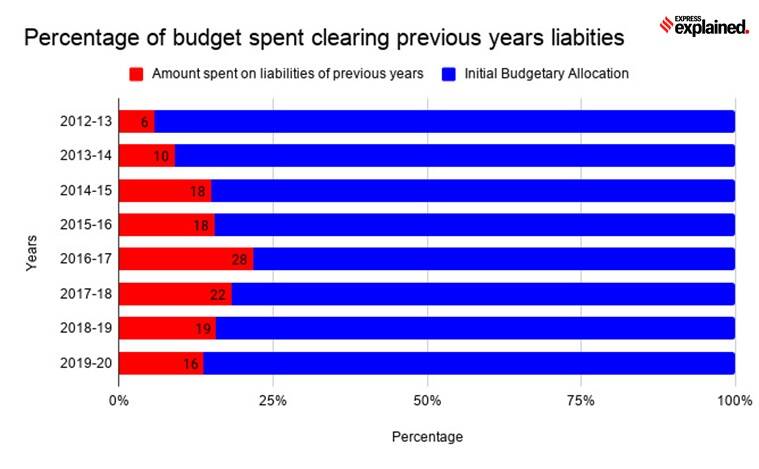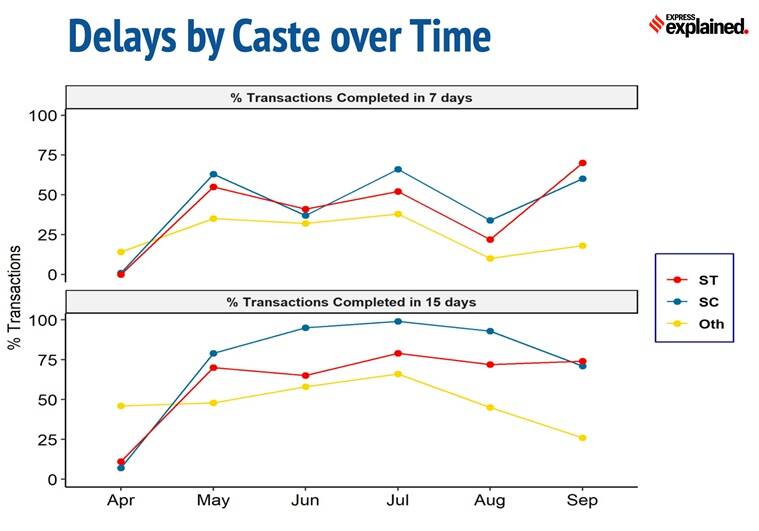A report tracking the implementation of the Mahatma Gandhi National Rural Employment Guarantee Act (MGNREGA) was recently brought by the People’s Action for Employment Guarantee (or PAEG) and LibTech India.
Counter-arguments
Inadequate Allocation
Arrears and delayed payments

Under MGNREGA, work should be provided within 15 days of demanding work failing which the workers are entitled to an unemployment allowance.
Workers should be paid within 15 days of completion of work, failing which they are entitled to compensation for the delays.
The wages due to the worker must be transferred immediately failing which the prescribed compensation would have to be paid.
As per the Act, all the labour wages are to be paid by the central government.
Demand suppression
Caste-based payment delays

Reference